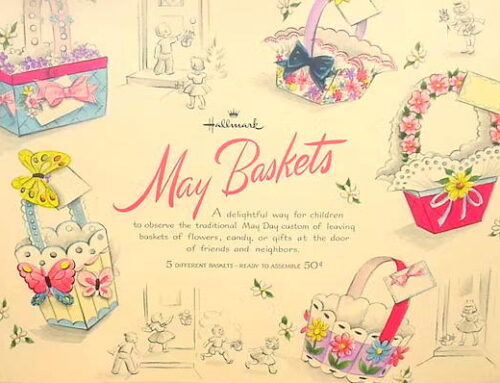The Lewis Hine Project documents the fates of child laborers in the United States at the turn of the century.
Lewis Hine left his job as a schoolteacher to photograph child laborers at the turn of the century for the National Child Labor Committee. His compelling photographs are part of the Library of Congress’s archives and have reached a wide audience over the decades.
On this Labor Day, consider the additional research of retired social worker Joe Manning. In 2004, he began researching what had happened to the children featured in Hine‘s heartbreaking photos. The Lewis Hine Project documents the lives of hundreds of child laborers on his website, MorningsOnMapleStreet.com.
Research on Child Laborers
Because Hine only recorded the dates and places of his photos, Manning became a researcher-genealogist to identify the children and find their descendants. Manning first set out to find the identity of the little girl in one of Hine’s most famous photographs.

Hine’s caption: “Rhodes Mfg. Co., Lincolnton, N.C. Spinner. A moment’s glimpse of the outer world. Said she was 10 years old. Been working over a year.” November 1908. (Courtesy Library of Congress)
The little girl staring out the window has no name and a very short story. At 10 years old, she had been working at Rhodes Manufacturing Company for more than a year…. I came up with a novel idea. I searched the 1910 Lincolnton census, and made a list of all the white girls who were born about 1898, and had a sister that was about two years older. There were 12 such girls, including one identified as Lala Blanton. I published those 12 names under the photos on my Mystery Photos page.
It occurred to me that there are thousands of people searching every day for information about their ancestors. What if the girl at the window was really one of those 12 persons, and what if someone was searching that name on Google and found the photos on my website? It was a long shot at best, but what other option did I have at that point?
For more Manning’s research results and on finding Lalar Blanton, visit The Lewis Hine Project here.
About Lewis Hine
A new article on Hine and the children he documented notes:
As a sociologist, Hine was an early believer in the power of photography to document work conditions and help bring about change. He traveled the country, going to fields, factories, and mines—sometimes working undercover—to take pictures of kids as young as four years old being put to work.
Partly as a result of Hine’s work…Congress passed the Keating-Owens Child Labor Act in 1916. It established child labor standards, including a a minimum age (14 years old for factories, and 16 years old for mines) and an eight-hour workday. It also barred kids under the age of 16 from working overnight. However, the Keating-Owens Act was later ruled unconstitutional, and lasting reform to federal child labor laws didn’t come until the New Deal.
An excellent example of knowing our past so we do not repeat it.





Leave a Reply